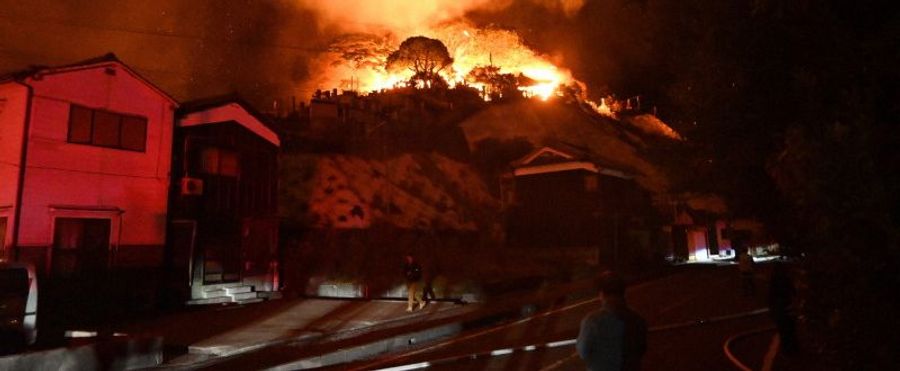In the aftermath of a massive fire outbreak in Saga Prefecture, the count of unoccupied properties has soared to 561. This surge in the number of vacant homes underscores the ongoing challenge of aging and shrinking populations in many of Japan's towns and cities, coupled with the aftermath of catastrophes. The local government is grappling with issues of safety and future planning for the nearly abandoned area.
Urban depopulation and aging is a common concern in Japan, particularly in rural and semi-urban areas. The rise of vacant houses called 'akiya' reflects this demographic phenomenon. When linked with fire hazards or natural disasters, these vacant properties become potential risks to public safety. The Japanese are well aware of these issues and see it as a poignant facet of a changing society.
In the US or EU, urban degeneration and vacant properties are also issues, but causes vary - often related to economic downturns or shifting employment opportunities. While Japan's problem primarily arises from an aging population and low birth rate, in the US or EU, government and community programs are often established to revitalise decayed neighborhoods.

